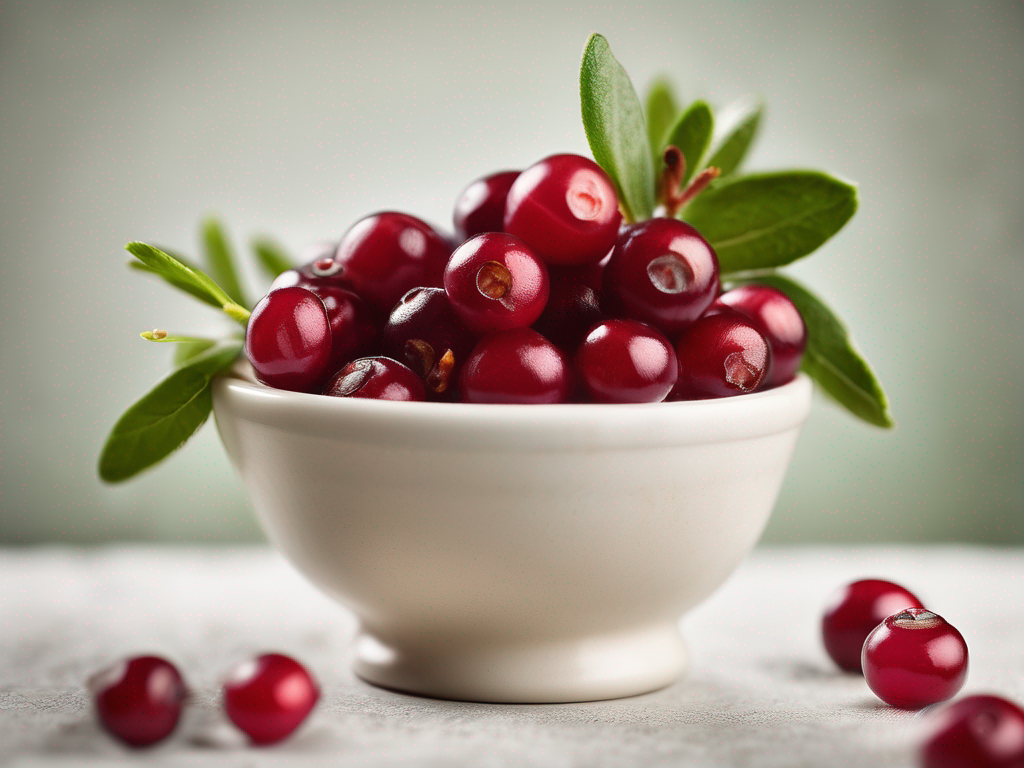
Signs that Lingonberry Has Gone Bad and Should Be Discarded
Get Your Free Food Safety Cheat Sheet
30 most common foods with instant answers. Print it and stick it on your fridge—completely free!
Signs that Lingonberry Has Gone Bad and Should Be Discarded
Lingonberries are a popular and nutritious fruit that are often used in jams, sauces, and desserts. They have a tart flavor and are rich in antioxidants, making them a favorite among many food enthusiasts. However, like all fruits, lingonberries can go bad if not stored properly or if they are past their prime. In this blog post, we will explore the signs that lingonberries have gone bad and should be discarded. (Lingonberry)
Understanding Lingonberries
Before we delve into the signs of spoilage, let's first understand what lingonberries are. Lingonberries are small red berries that grow on low, evergreen shrubs in the wild. They are native to the northern regions of Europe, Asia, and North America. Lingonberries are often compared to cranberries due to their tart flavor, but they are slightly milder and sweeter.
Lingonberries can be enjoyed fresh, dried, or cooked into various dishes. They are a good source of vitamins C and E, as well as dietary fiber. When stored properly, lingonberries can last for several days in the refrigerator or even longer when frozen.
Signs that Lingonberries Have Gone Bad
1. Mold or Discoloration
- Mold growth on lingonberries is a clear sign that they have gone bad and should be discarded immediately.
- Discoloration, such as dark spots or a change in the berry's vibrant red color, can also indicate spoilage.
2. Unpleasant Odor
- Lingonberries that have gone bad may emit a sour, musty, or fermented smell.
- If the berries smell off or unpleasant, it is best to err on the side of caution and throw them away.
3. Slimy Texture
- Spoiled lingonberries may develop a slimy or mushy texture.
- If the berries feel slimy to the touch, it is a strong indication that they are no longer safe to eat.
4. Soft or Wrinkled Appearance
- Lingonberries that have started to soften or wrinkle are likely past their prime.
- Fresh lingonberries should be firm and plump, so any noticeable changes in texture should be a cause for concern.
5. Bitter Taste
- Lingonberries that have spoiled may taste bitter or off.
- If the berries taste unpleasant or different from their usual tart flavor, it is best to discard them.
Proper Storage Tips for Lingonberries
To prolong the shelf life of lingonberries and reduce the risk of spoilage, follow these storage tips:
- Refrigerate: Store fresh lingonberries in the refrigerator in a perforated container to allow for air circulation.
- Freeze: Lingonberries can be frozen for long-term storage. Spread them out on a baking sheet to freeze individually before transferring to a freezer-safe bag or container.
- Avoid Moisture: Moisture can cause lingonberries to spoil quickly. Make sure the berries are dry before storing them.
- Inspect Regularly: Check lingonberries for signs of spoilage regularly, especially if they have been stored for an extended period.
Conclusion
In conclusion, lingonberries are a delicious and nutritious fruit that can enhance a variety of dishes. However, it is essential to be mindful of the signs of spoilage to ensure that you are consuming safe and fresh berries. Mold, discoloration, unpleasant odor, slimy texture, soft appearance, and bitter taste are all indicators that lingonberries have gone bad and should be discarded. By following proper storage practices and keeping an eye out for these signs, you can enjoy lingonberries at their best and minimize food waste. (Lingonberry)
Authoritative Food Safety References
These agencies and university labs inform every tip and health precaution we publish.
USDA FoodKeeper – Cold Storage Guidelines
Official refrigerator, freezer, and pantry timelines maintained by the U.S. Department of Agriculture.
Visit USDA FoodKeeperFDA Produce Safety Rule & Grower Guidance
Field-to-fridge handling practices that prevent contamination of fruits, vegetables, and leafy greens.
Visit FDA Produce SafetyCDC Foodborne Illness Prevention Hub
Surveillance-backed guidance on pathogens, symptoms, and steps to reduce foodborne illness risk.
Visit CDC Food SafetyUC Davis Postharvest Technology Center
University research detailing optimal storage atmospheres for produce after harvest.
Visit UC Davis PostharvestPenn State Extension – Home Food Preservation & Safety
Peer-reviewed extension bulletins on safe canning, chilling, and reheating practices.
Visit Penn State ExtensionGet Your Free Food Safety Cheat Sheet
30 most common foods with instant answers. Print it and stick it on your fridge—completely free! Want more? Upgrade to the complete guide with 70+ foods.
Scan your food directly and get instant safety info using our AI-powered camera feature.